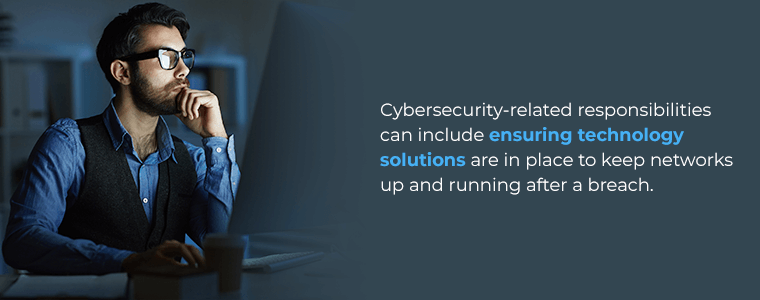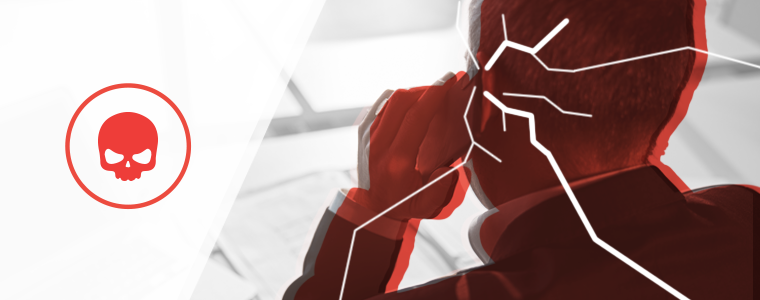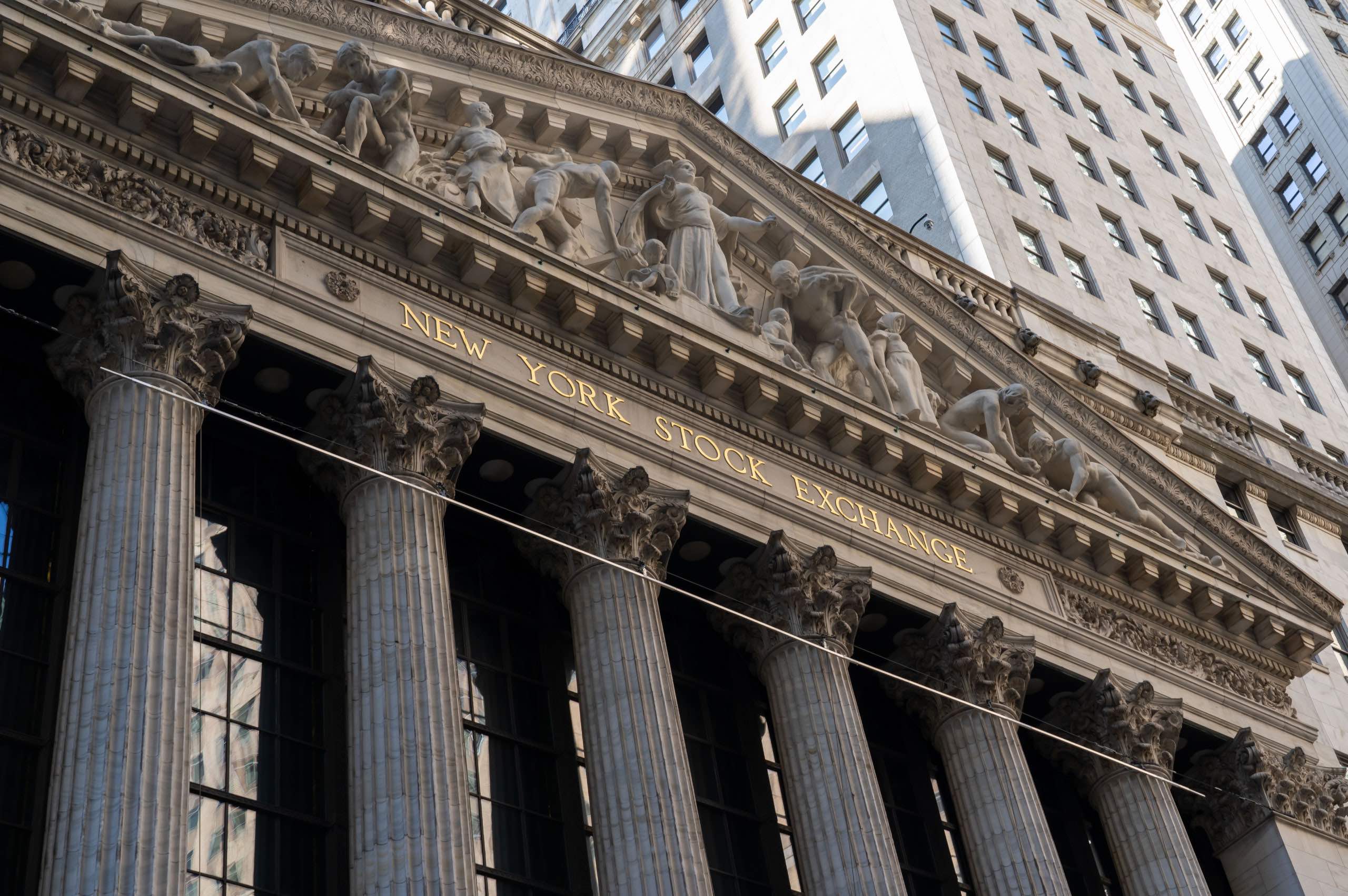Who Is Ultimately Responsible for Cybersecurity?
In a time when data breaches are commonplace, cybersecurity is a top concern for organizations of all industries and sizes. While the burden of safeguarding computer networks starts with senior management, everyone is responsible for cybersecurity.
Specific Cybersecurity Roles and Responsibilities
Because most cybersecurity breaches and attacks are the result of human error or negligence, vigilance is crucial throughout an organization.
Chief Executive Officer (CEO)
While the CEO isn’t directly involved in IT issues, this individual charts the organization’s cybersecurity course. Besides ensuring regulatory compliance, the CEO must understand the entity’s risk profile and effectively manage risk across the enterprises. Additionally, this leader should set aside sufficient funds in the budget for implementing stringent cybersecurity measures.
Chief Information Systems Officer (CIS)
The CISO is the senior-level executive in charge of developing and implementing the organization’s information and data security programs. The role includes conducting real-time analyses of cybersecurity threats, monitoring internal data loss and fraud prevention measures, and establishing a security architecture that adheres to best practices.
Chief Information Officer (CIO)
A CIO must be aware of the cybersecurity regulations that govern their industry and communicate the risks throughout the organization. The CIO should also ensure controls are in place to mitigate cybersecurity risks. Additionally, this C-level executive must enforce and manage cybersecurity roles for third-party vendors, including thorough vetting of each outside entity.
Chief Technology Officer (CTO)
As the individual responsible for overseeing all the technical aspects of an organization, the CTO is often the steward of the entity’s data. Cybersecurity-related responsibilities can include ensuring technology solutions are in place to keep networks up and running after a breach. Another CTO role is preventing failures and unexpected performance issues that could increase the vulnerability to a cyber attack.

IT Manager
This individual serves as the organization’s frontline cybersecurity expert and plays a prominent role in protection, risk prevention, response, and recovery.
Other Employees
Non-IT workers contribute to minimizing cybersecurity threats by implementing safe computer practices. These employees should take steps such as using complex passwords and updating them frequently, not opening suspicious emails or links, and reporting anything that appears unusual to the IT department.
Contact Agio for Cybersecurity Services
Do you have more questions regarding who is responsible for cybersecurity in a company? Agio has the answers. Contact us for more information today.
Share post
Featured Posts
Connect with us.
Need a solution? Want to partner with us? Please complete the fields below to connect with a member of our team.



